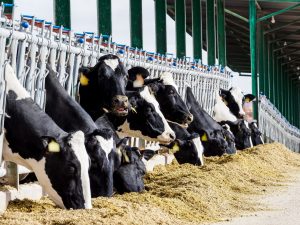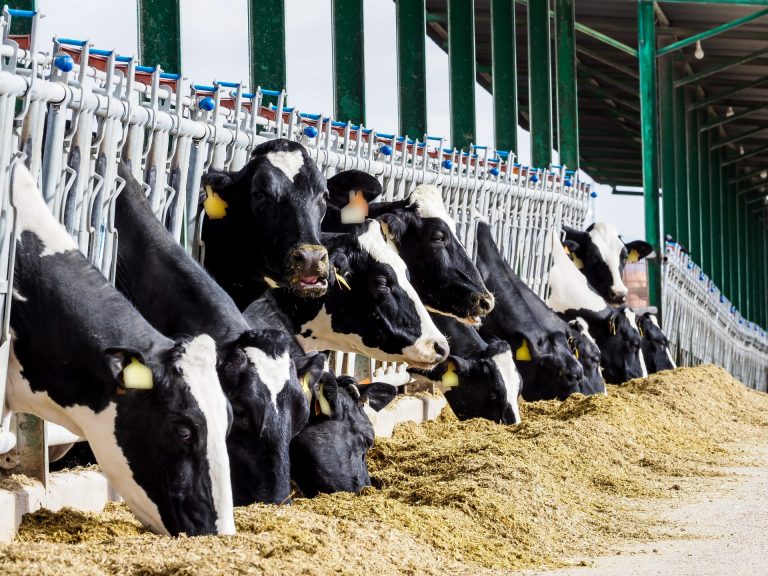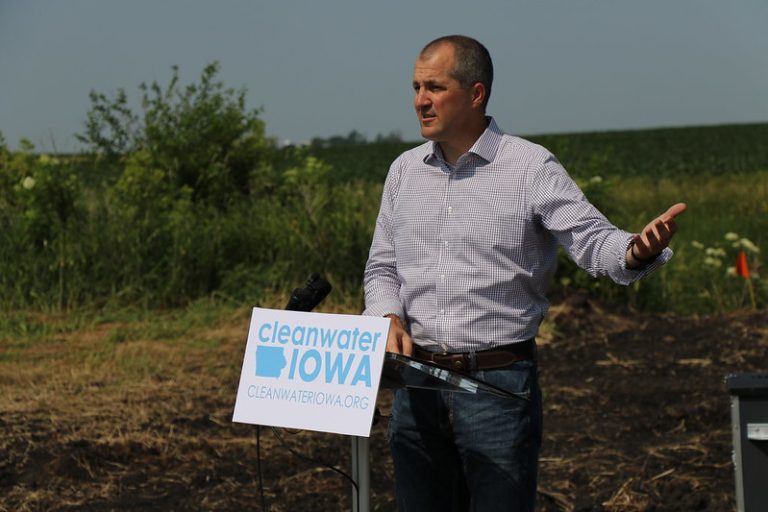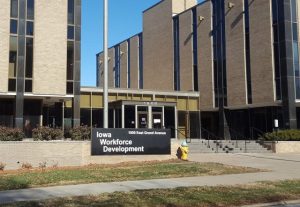IARN — The American Families Plan (AFP), proposed by the Biden administration in April, would provide new social programs to millions of U.S. households. To cover the $1.8 trillion benefits package, the administration has proposed significant tax changes.
Specifically, the AFP proposes increasing the top marginal tax rate for ordinary income, taxing some capital gain at ordinary income tax rates, subjecting more income to the 3.8% Medicare tax, and taxing unrealized capital gain at death or upon gift. These changes would mean that some owners of property that has increased in value would pay tax at a rate as high as 43.4% when they sell the property or when they transfer it at death or by gift.
According to a new Iowa State University study, some of Iowa’s farmland owners could face a substantial increase in taxes to pay for the proposed plan.
“Because of the proposed increase in rates, we estimate that, on average, a full-time farmer owning 358 acres of farmland would see tax liability from a lifetime sale increase from $475,248 to $860,572, an 81% increase, or from 14.5% to 26% of fair market value,” Kristine Tidgren, director of Iowa State’s Center for Agricultural Law and Taxation, said.
Tidgren authored the study with Wendong Zhang, an associate professor of economics at Iowa State’s Center for Agricultural and Rural Development. Zhang said that their study looked at 80% of Iowa’s farmland owners, including those that own land as sole owners, joint tenants, tenants in common, and through a revocable living trust. He added that they did not study other owners that own farmland in corporations, partnerships, life estates, or irrevocable trusts that could face new tax liability as well.
“Among full-time farmers with any ownership interest in a whole farm of 200 acres or more, we estimate that 62% of owners and 79% of acres would be impacted by the AFP tax at death or gift, even with a $1 million exclusion,” Zhang said. “That number jumps to 99% of owners and 98.2% of acres when the whole farm size reaches 500 acres or more.” These estimates are based solely upon the owner’s interest in farmland.
The authors said that the impact of the AFP depends upon farm size and appreciation. In that way, a small farm that has increased substantially in value since the owner acquired it may be subject to tax while a large farm that was recently inherited would not face the new tax.
“Identical farms across the road from each other would have completely different outcomes—one owner might owe $1 million in tax at death, and the other might owe none,” Tidgren said.
Under 100-year-old law, the basis of property transferred at death is adjusted to current value in the hands of the heirs. Called the “step up in basis,” this adjustment means that gain accruing during an owner’s lifetime is not taxed if the property is transferred at death.
“If you die with land you purchased for $1,000/acre that’s now worth $8,000/acre, the law adjusts the value in the hands of your heirs to $8,000/acre, the fair market value of the property—that’s called a step up in basis,” Tidgren said. “The AFP proposes taxing those who die with gain greater than $1 million. So, the first $1 million would still receive a tax-free step up in basis, but the rest would receive the step up only after paying the tax.”
Tidgren said that the proposal includes a deferral for family-owned businesses that pass the business or farm to a family member who continues to operate it.
“This would apparently be a delay in payment of the tax, not an exemption from the tax,” Tidgren said. “The impact of the deferral is dependent upon definitions and details that have not been released. For those required to pay the tax, the proposal suggests a 15-year payment plan, but if they can’t cash flow that, they would have to sell.”
Zhang said the proposed plan would “significantly change the estate and transition planning options for farmers and small businesses and impact those with assets that have appreciated during their lifetime.”
Zhang and Tidgren noted that 83% of farmland owners would not be impacted by the proposed tax solely because of their ownership in farmland. This is largely because most Iowa farmland owners own fewer than 200 acres. However, ownership of other assets could still make the proposed tax affect those landowners.
“Farmers also own many assets other than farmland and buildings—livestock, machinery, grain in the bin, etc.,” Zhang said. “We did not consider these assets because we did not have specific data about them, and it is not clear how the proposal would treat this other property.”
Tidgren added that when they estimated tax liability in the study, they calculated the tax as though the farmer had no income or gain other than that arising from the gain associated with their farmland.
“This means our calculated tax liabilities are generally the minimum tax liability for each owner,” Tidgren said. “Additional gain or income would push the tax higher.”
For now, the AFP is only a proposal, and no current laws have been changed.
“Most legislation doesn’t pass as proposed and we still have no proposed legislative language,” Zhang said. “These proposals, however, are significant, and farmland owners should begin watching the progress of any legislation in Congress. More specific proposals should be unveiled mid-September.”
The Center for Agricultural Law and Taxation provides timely, objective, unbiased information to producers, professionals, and agribusinesses concerning the application of important developments in agricultural law and taxation, and serves as a primary source of professional educational training in agricultural law and taxation.
For over 60 years, the Center for Agricultural and Rural Development at Iowa State University has conducted innovative public policy and economic research on local, regional, and global agricultural issues, combining academic excellence with engagement and anticipatory thinking to inform and benefit society.
Story courtesy of the Iowa Agribusiness Radio Network.
Photo courtesy of Iowa State’s Center for Agricultural and Rural Development












